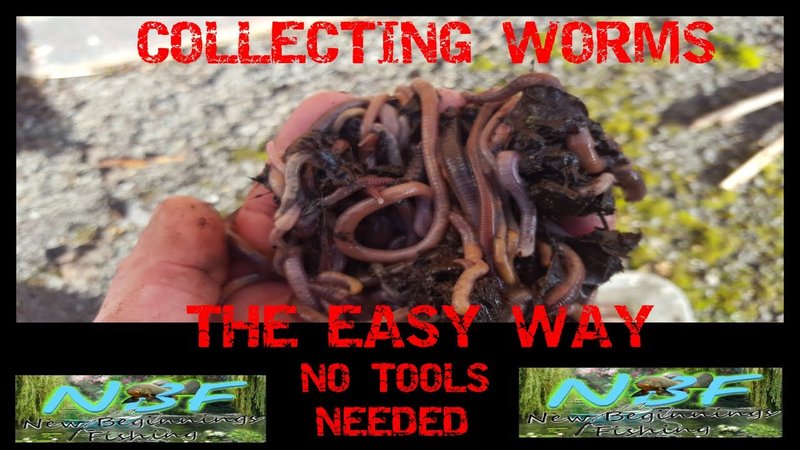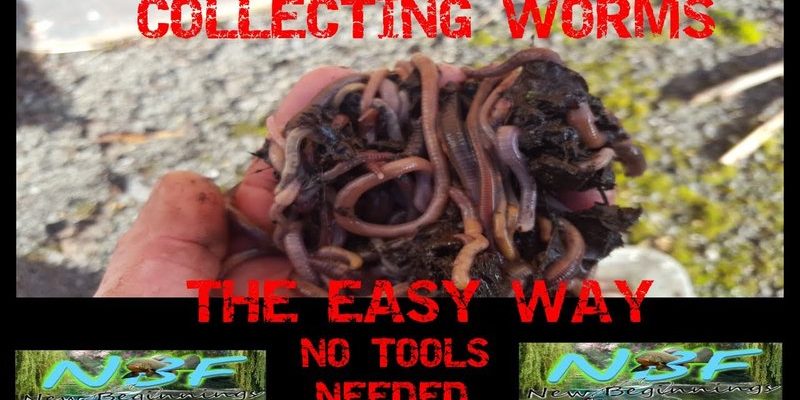
Imagine you’re a scientist in a field, armed with a curious mind and a gentle heart. Your goal is to learn about these squiggly beings without hurting them. So, let’s dive into how to collect earthworms in a way that’s safe and respectful. You might find yourself peeking into the wonderful world beneath our feet.
Why Study Earthworms?
You might be wondering, why all the fuss about earthworms? These little guys play a critical role in our ecosystem. They’re nature’s recyclers, breaking down organic matter and improving soil health. In some ways, they’re like the unsung heroes of gardening. By studying earthworms, we can better understand soil biology, nutrient cycling, and even the impact of agricultural practices on our environment.
Understanding earthworm behavior and diversity can also help us make more sustainable decisions about gardening or farming. For instance, certain types of earthworms thrive in specific soils and climates. Knowing this can guide gardeners in choosing how to best maintain their soil ecosystem. Honestly, there’s so much to learn—and it starts with collecting them the right way.
Choosing the Right Location
When you’re ready to start gathering earthworms, the first step is picking the best spot. Earthworms generally love moist environments, so after it rains is the prime time for collecting them. Look for places with rich, organic soil like gardens, forest edges, or even compost piles. You could think of it like hunting for a hidden treasure; the richer the soil, the more you’re likely to find!
Make sure to avoid areas treated with chemicals or pesticides. These substances can harm worms and disrupt your study. Instead, focus on organic gardens or natural landscapes where earthworms can thrive. You might even find it helpful to keep a journal of your collection sites to track the kinds of worms you find in different environments.
The Right Tools for the Job
To collect earthworms without harm, you don’t need much—just a few simple tools. Here’s a quick list to get you set up:
- Garden trowel: Perfect for gently digging into the soil.
- Container: A small bucket or bin works well for holding your worms.
- Gloves: Protect your hands while handling soil and worms.
Each of these tools has its purpose, much like how a chef has specific knives for different tasks. The trowel lets you dig carefully without damaging the earthworms, while the container keeps them safe until you’re ready to study them. Remember, the goal is to be gentle and respectful!
Techniques for Collecting Earthworms
Now, let’s get into the fun part—how to actually collect earthworms without harming them. The method you choose can make all the difference. Here’s a simple technique that works wonders:
1. **Moisten the Soil**: Before you dig, sprinkle some water on the soil if it’s dry. This will encourage worms to come to the surface.
2. **Gently Use Your Trowel**: Insert the trowel into the ground and turn over small clumps of earth. Be careful not to stab too deep—earthworms tend to burrow a bit below the surface.
3. **Look for Movement**: Watch for little wriggling beings as you dig. Pick them up gently with your fingers or use your trowel to scoop them into your container.
4. **Limit Your Collection**: Only take what you need for your study. A handful or two is usually enough, and always return the worms to their original location afterward.
This approach is like going on a treasure hunt—exciting and respectful all at once. You’re not just gathering worms; you’re learning about their habitat and behavior as you go.
Handling Earthworms Safely
Once you’ve collected your earthworms, handling them with care is paramount. Here are a few tips to ensure their safety during your study:
– **Keep Them Moist**: Earthworms need moisture to survive. Make sure the container has a damp cloth or some soil at the bottom to keep them hydrated.
– **Avoid Direct Sunlight**: Keep your collection in a shaded area. Sunlight can dry them out quickly, making it harder for them to survive.
– **Limit Handling Time**: The less you handle them, the better. Studying them in their container is a great way to observe their natural behaviors without causing stress.
Think of these steps as creating a cozy hotel for your worms. They might be tiny, but they deserve a comfy stay while you learn about them.
After Your Study: Ethical Considerations
Once you’ve finished your study, it’s time to think about what to do next. Ethical considerations are crucial in any study involving living organisms. Here’s what to keep in mind:
– **Return Them Home**: Always take your earthworms back to where you found them. They’re not just part of a study; they’re part of the ecosystem.
– **Don’t Over-Collect**: It’s tempting to take more for a larger study, but remember that earthworms are part of a delicate balance in their environment. Less is often more.
– **Educate Others**: Share your findings with friends or even your local community. Raising awareness about the importance of earthworms can help foster a love for the natural world.
It’s like being a steward of the earth. You’re not just studying earthworms; you’re becoming an advocate for their well-being.
Collecting earthworms for study can open up a whole new world of understanding about our soil and ecosystem. By choosing the right locations, using proper tools, and treating these little creatures with respect, you’re ensuring both their safety and the quality of your study. It’s a meaningful journey into the unseen life that exists beneath our feet.
So next time you spot an earthworm slithering along, remember there’s more to them than meets the eye. They’re not just a squishy detail in your garden; they’re valuable players in our ecosystem. With the right approach and a little curiosity, you can uncover their secrets and share them with others—helping everyone appreciate the magic of nature just a little bit more!

